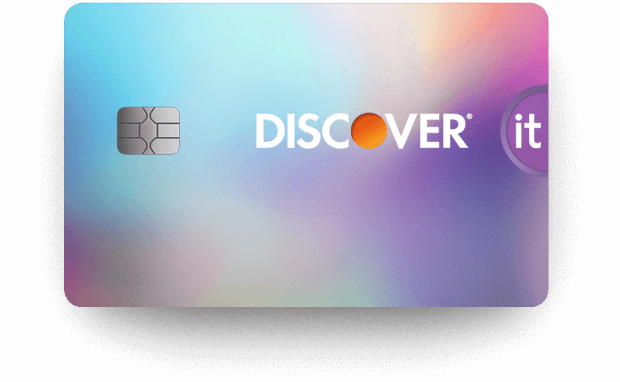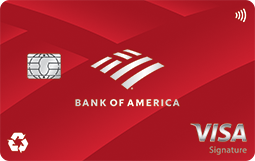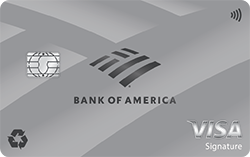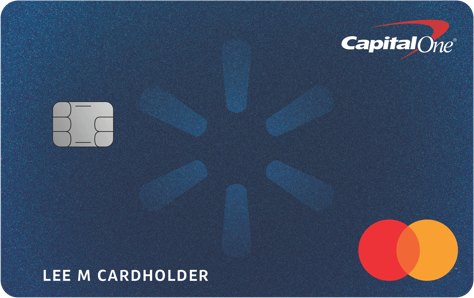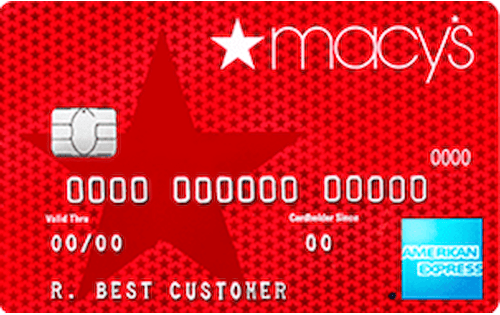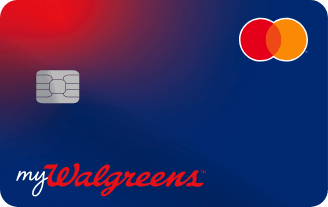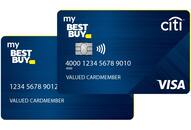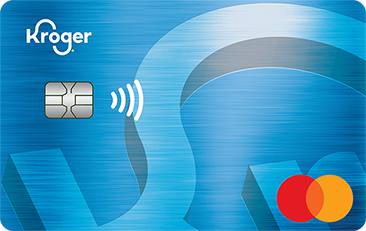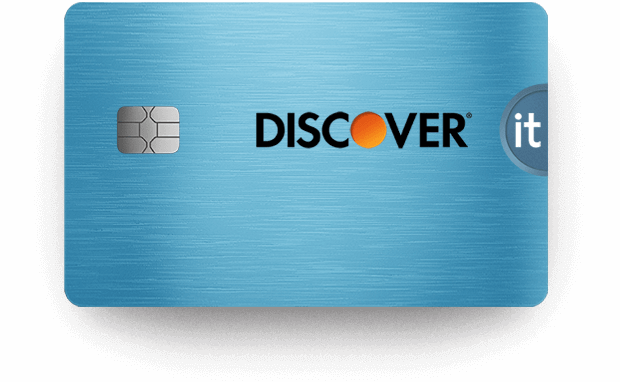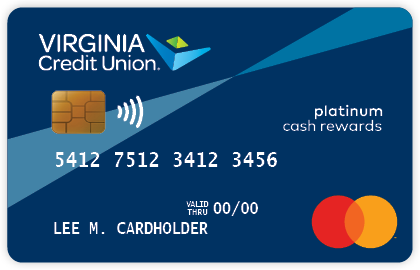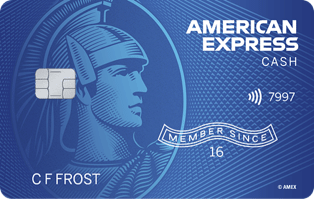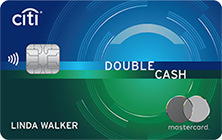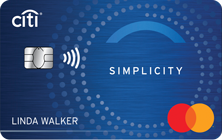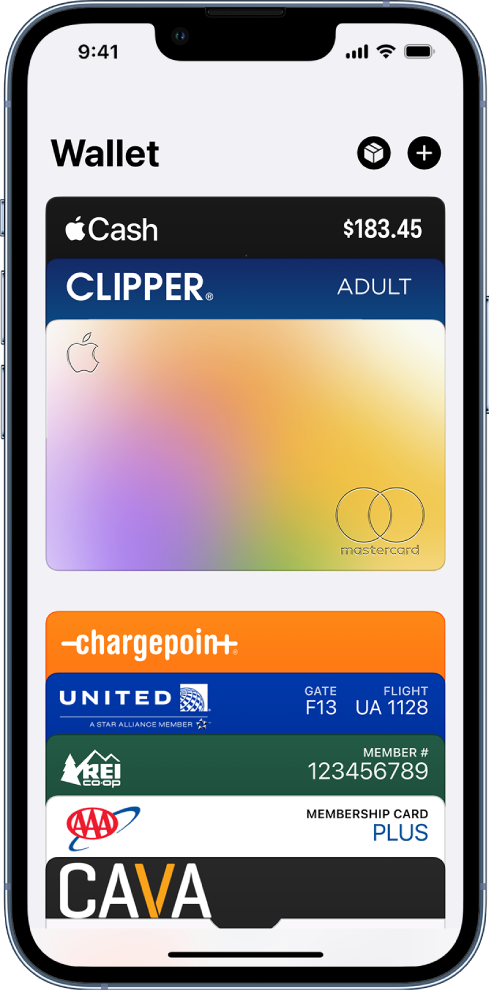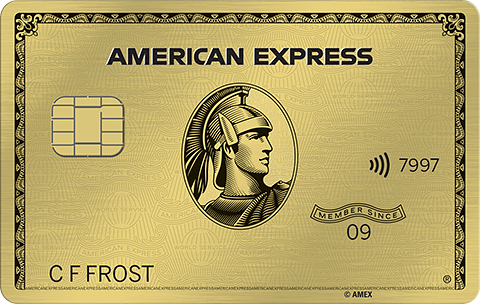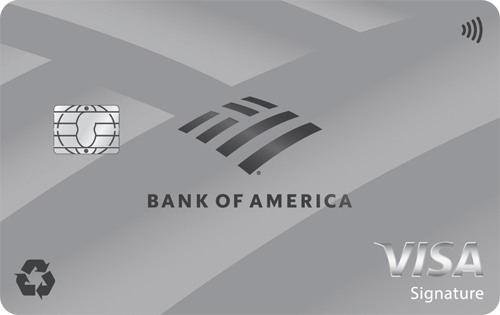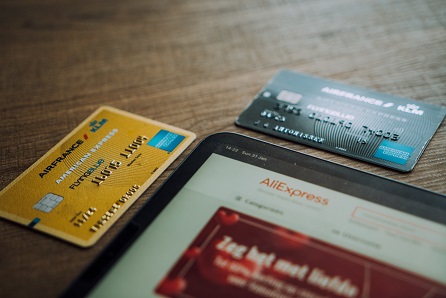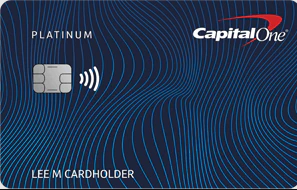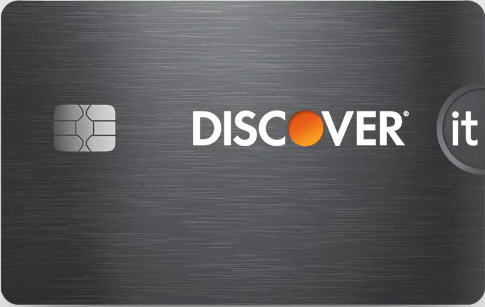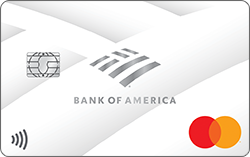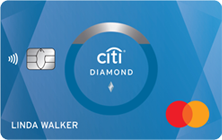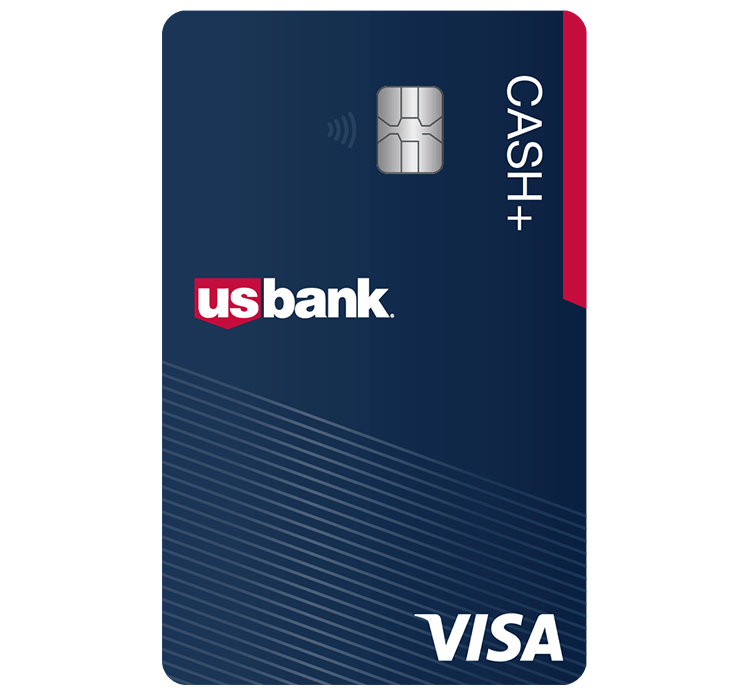Business Credit cards help companies spend on business purchases for travel, dining, and or other small purchases. These credit cards are well-suited for business owners and they can also offer them to their employees. As these cards are offered based on the business there is no need for employees to worry about credit scores.
Business credit cards help businesses keep track of employee spending. They also offer great rewards to employees. Businesses can pay off their charges in full every billing cycle. Though, they can also decide to carry the balances by paying interest. Though, they will have to pay the minimum charges in that case.
Advantages of business credit cards
- Firstly, business cards usually offer to open business employee cards for free. There are usually one-time fees for the primary first card, all subsequent cards are usually offered free of charge.
- Next, they usually offer a central billing and management portal. This portal can give a bird’s eye view of the total business spending using credit cards. Businesses can also apply spending limits on these credit cards. These cards come with quarterly or annual reports. Customers can request customized reports for up to 24 months or even 60 months with some cards.
- Business credit cards do not require employees to have an individually great credit score. They get the credit card on the company’s credit limit. These credit cards are great ways for the business to develop its credit history over time.
- Business credit cards usually come with Fraud Protection, Purchase Protection, and personalized Account Alerts. Card members should always use their cards securely. Do read our guide on how to use your credit card securely.
- Finally, these business credit card statements can be easily integrated with book-keeping software such as QuickBooks or others. This could help the business simplify accounting.
#1 Card Name: Business Advantage Customized Cash Rewards credit card
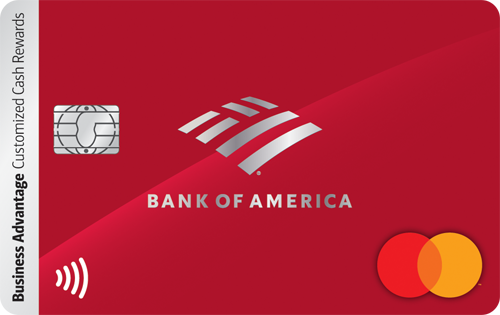
Fees: This credit card charges $0 annual fees.
APR: Introductory 0% on purchases for the first 9 billing cycles. Once, the intro APR offer ends a Variable APR that’s currently 15.99% to 25.99% will apply.
Rewards: Card members earn a $300 statement credit after they make at least $3,000 in purchases in the first 90 days of the account opening.
Our Rating: 4 / 5
Pros and Cons of this card: Firstly, credit card members earn 3% cash back in the category of their choice. For instance, gas stations, office supply stores, travel, TV/telecom & wireless, computer services, or business consulting services. Next, this card offers 2% cash back on dining purchases.
Card members earn unlimited 1% cash back on all other purchases. Customers can also earn up to 75% more cash back on every purchase. But to qualify they need to have a business checking account with Bank of America. They need to also qualify for the highest Preferred Rewards for Business tier fo the best rewards available.
#2 Card Name: American Express Business Gold Card
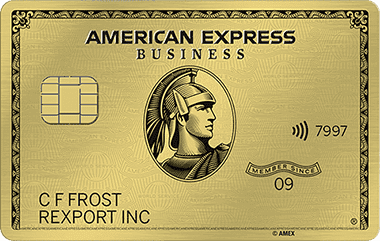
Fees: This card charges a $295 annual fee but no foreign transaction fees.
APR: 0% Intro APR for 6 months from the date of account opening. After the intro period, a variable APR of 18.49% – 26.49% is applicable.
Rewards: Card members earn 70,000 membership rewards on spending $10,000 in eligible purchases in the first 3 months.
Our Rating: 4 / 5
Pros and Cons of this card: Card members can select 2 categories on which to earn 4x points. These rewards are limited to $150,000 purchases per year. Further, this card offers 25% bonus points on spending on airlines. American Express Business Gold Card offers a flexible spending limit. This limit varies depending on the payments, purchases, and credit history of the business. The limit increases over time for the business as a whole.
#3 Card Name: American Express Business Platinum Card
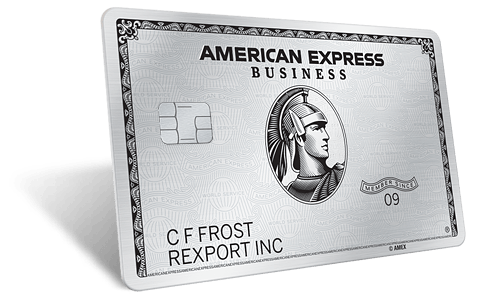
Fees: This credit card charges a $695 annual fee but no foreign transaction fees.
APR: 18.49% – 26.49% of variable APR
Rewards: Business card members earn 150,000 membership rewards points. They need to meet the spending limit of $15,000 in eligible purchases in the first 3 months of the card opening.
Our Rating: 5 / 5
Pros and Cons of this card: Card members can earn 5X points on flights & prepaid hotels booked on AmexTravel.com. On business purchases in excess of $5,000, rewards increase to 1.5x points. These rewards are limited to $2 million of purchases per year. Furthermore, this card offers 25% bonus points on spending on airlines.
Card members can enroll and get up to $1,000 in statement credits per year for U.S. purchases of various products. These include $400 with Dell Technologies, $360 with Indeed, $150 with Adobe Creative Cloud, and $120 with Wireless credit. These purchases have to be on the Business Platinum Card.
Furthermore, the card members get access to the Global Business Lounges of American Express. These are a network of more than 1400 lounges across 140 countries. Card members also get statement credits worth $189 for CLEAR airport access fees, $100 for Global Entry or TSA PreCheck, and $200 for selected airlines for incidental charges.
Finally, Platinum credit card customers also enjoy free premium membership with no spending requirements. For instance, Gold Elite Marriott Bonvoy and Gold Hilton Honors membership. Also, this card offers trip delay and trip cancellation insurance.
#4 Card Name: Ink Business Premier Credit Card
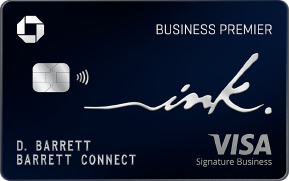
Fees: This credit card has a $195 annual fee.
APR: 17.99 – 25.99% variable APR
Rewards: Earn a $1,000 bonus cash back after the card members spend $10,000 on purchases in their first 3 months from account opening.
Our Rating: 4 / 5
Pros and Cons of this card: Firstly, card Members earn a total of 2.5% cash back on every purchase of $5,000 or more. They also earn unlimited 2% cash back on the rest of the business purchases. Card members can redeem their rewards for cash back, gift cards, travel, and more through Chase Ultimate Rewards. Furthermore, all employee cards with individual spending limits are available free of charge.
This business card comes with a lot of benefits which include an Auto Rental Collision damage waiver for rental cars booked through this card. This card also offers roadside dispatch, travel, and emergency services. Card members need to pay for any additional services bought. Finally, any purchase made on this card extends the time period of the U.S. manufacturer’s warranty by an additional year.
#5 Card Name: Platinum Plus Mastercard Business card
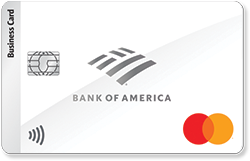
Fees: $0 in annual fees
APR: 0% APR for the first 7 billing cycles and after that 13.99% to 24.99% variable APR
Rewards: Card members get a $300 statement credit after they make at least $3,000 in purchases in the first 90 days of the account opening
Our Rating: 3 / 5
Pros and Cons of this card: Businesses can order unlimited employee cards at no additional cost. Further, the travel benefits for business needs include $100,000 in travel accident insurance. Further, card members can view and monitor the Dun & Bradstreet business credit score for free.
#6 Card Name: Spark 1.5% Cash Select

Fees: $0 in annual fees
APR: 16.24% – 22.24% variable APR
Rewards: Card members earn unlimited 1.5% cash back on every purchase. An extra $500 cash bonus when the card members spend $4,500 in the first 3 months.
Our Rating: 4 / 5
Pros and Cons of this card: This card rewards 1.5% unlimited cash back without any restrictions or category selection. Card members earn unlimited 5% cash back on hotels and rental cars booked through Capital One Travel.
Furthermore, it offers free business cards for employees but with all the rewards. Also, businesses can quickly and securely download your purchase records into multiple formats including Quicken, QuickBooks, and Excel
#7 Card Name: Union Bank Business Platinum Visa Credit Card

Fees: $0 annual fee
APR: 0% introductory APR for 6 months. Post Intro offer applicable variable APR of 14.24% to 22.24%
Rewards: Lowest Interest charges
Our Rating: 3 / 5
Pros and Cons of this card: This credit card offers the lowest APR amongst the other business cards on offer. Thereafter, this card also offers a 3% Intro balance transfer fee. Subsequently, this card offers double the time period of the manufacturers’ warranty, up to one additional year, for eligible items purchased with this card.
Further, this card also offers an Auto Rental Collision Damage which includes damages due to collision or theft. Card members can also double the time period of the manufacturers’ warranty, up to one additional year, for eligible items purchased with their Visa card. Finally, this card also offers zero fraud liability.
#8 Card Name: Amazon Business American Express Card

Fees: $0 in annual fees
APR: 18.49 – 26.49% variable APR
Rewards: Earn a $100 statement credit after the card members make $3,000 in purchases on this Card in the first 3 months.
Our Rating: 3 / 5
Pros and Cons of this card: Customers can opt to choose either 5% cash back or 90 days of free credit. There is an additional 5% cash back is applicable on Amazon.com, Whole Foods, and AWS spending on the first $120,000 spent every year.
Card members earn 2% cash back on spending done in restaurants, gas stations, and on wireless telephone services. Though, for the rest of the purchases, this card offers 1% cashback. But, there is an active Amazon Prime subscription required for 5% cash back.
#9 Card Name: U.S. Bank Triple Cash Rewards Visa Business Card
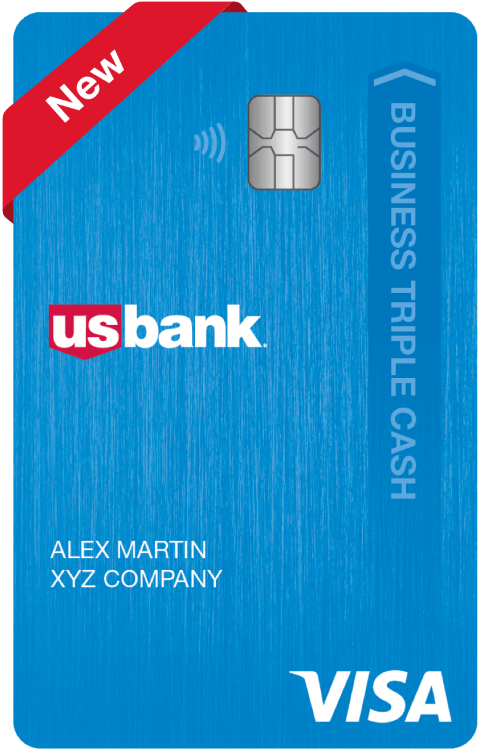
Fees: $0 in annual fees
APR: 0% Introductory APR for 15 months. Post the Intro offer the APR increases to 18.24 – 27.24% depending on the credit history of the business.
Rewards: $500 in cash back on spending $4,500 in the first 150 days.
Our Rating: 3 / 5
Pros and Cons of this card: Card Members earn 3% cash back on eligible purchases. For instance, at gas and EV charging stations, office supply stores, cell phone service providers, and restaurants. Card members also earn 1% cash back on all other purchases. Business customers get an annual $100 statement credit for recurring software subscription expenses. Further, this credit is applicable for subscriptions to FreshBooks or QuickBooks.
#10 Card Name: Evergreen by FNBO

Fees: $0 annual fees
APR: 0% of introductory APR for the first 12 months. After the intro period 17.99 – 26.99% of variable APR
Rewards: Customers earn a $200 cash bonus (20,000 points equivalent). They have to meet the spending of $1,000 within the first 3 billing cycles after account opening.
Our Rating: 3 / 5
Pros and Cons of this card: Card members earn unlimited 2% cash back on every purchase. This card offers flat unlimited cashback of 2% with no category restrictions. Finally, card members earn 10,000 bonus points each anniversary year on $10,000 spent.


